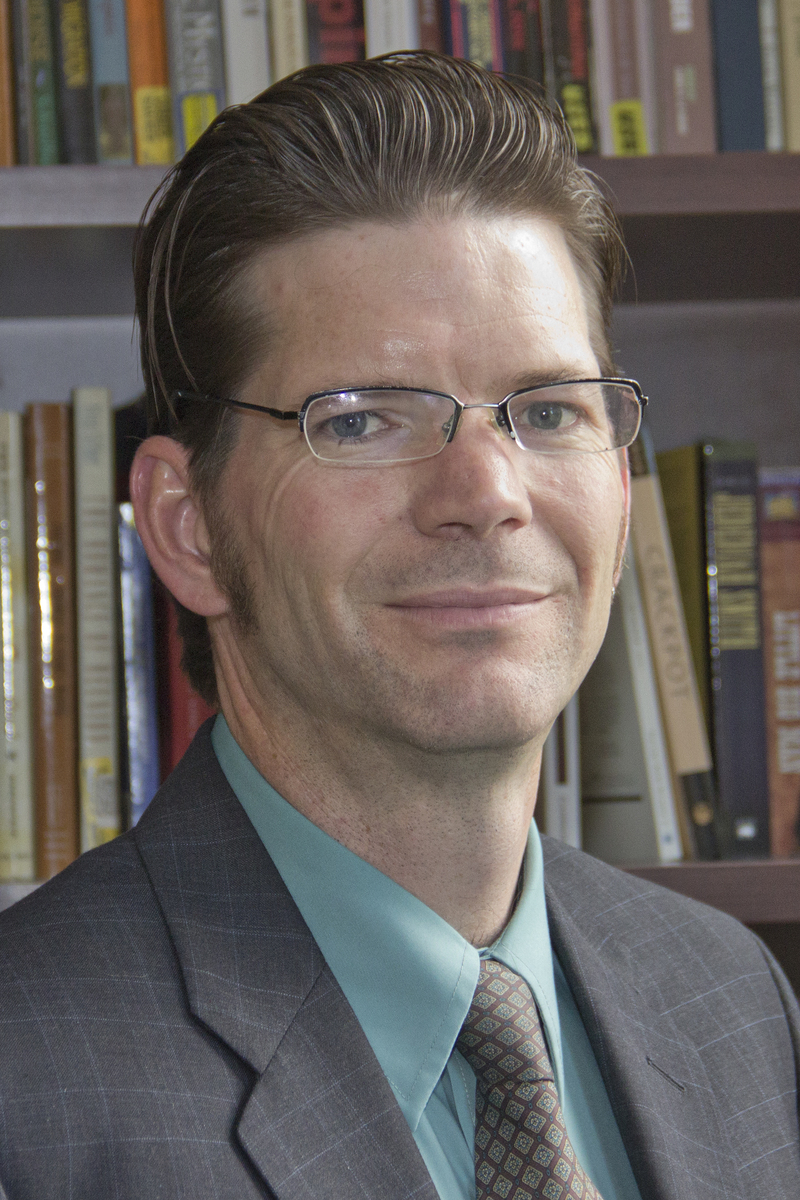Profit, preservation linked in bison ranching, professor says

A Chadron State College professor charges that contrary to common historical accounts, profit and preservation have always been linked when it comes to raising bison in North America.
Dr. David Nesheim, CSC assistant professor of social and communication arts, authored a 30-page article which addresses the bison population from 1920 to the mid and late part of the 20th century. The article appeared in the July issue of Environmental History, the journal for the American Society for Environmental History.
Nesheim said that traditional interpretation asserts that bison ranching began after World War II because of the booming domestic economy. Many believe, he said, that the bison were saved at the turn of the century as a noble gesture by society, without any “crass commercial aspect.”
“My main argument is that profit and preservation were always linked,” he said. “There was never a period in which you had preservation without some commercial activity. Even at Yellowstone, after the herd was established and started to grow, the park turned to the commercial market in the 1920s to deal with the surplus.”
Economics have required people to use the animal in order to save it, Nesheim said.
“The problem is that bison are really expensive to maintain. The federal government could do that because it had funding from Congress,” he said. “Custer State Park, on the other hand, was set up so it wouldn’t be a burden to the state. When the park was proposed, it was supposed to operate in the free and clear. It was supposed to generate some revenue. So, the buffalo and timber were tapped early on for that.”
Nesheim’s article derives from the thesis for his master’s degree from Northern Arizona University, which he started in 2003. The professor also studied the Great Plains for his doctorate from the University of Nebraska.
Nesheim said he became interested in studying bison after his wife asked him a question about the animal’s history that he could not answer. He researched the topic and became fascinated.
Nesheim, a graduate of Rapid City Central High School, said studying bison is also an apt fit for his heritage, noting that the Dupree family were the first South Dakotans to protect a herd of bison, and those animals were later purchased by rancher Scotty Philip. Nesheim’s connection: his father was raised in Dupree, S.D., and his mother in Philip, S.D., to the south.
Philip’s namesake is known as the “Man who Saved the Buffalo,” as the species was near extinction when his bison operation began. The herd grew from 74 to more than 1,000 before his death in 1911.
The entire population of North American bison, once projected at more than 50 million, was decimated to less than 1,000 by the 1890s. The population has rebounded to an estimated 500,000 today, half of which are in Canada.
Nesheim joined the CSC faculty in January. His studies include Native American history, including Oglalas, Yanktons and Omahas. In addition to bison, he has written about ducks, fish and insects of the Great Plains.
Category: Campus News, Employee Awards & Achievements, Social Sciences
